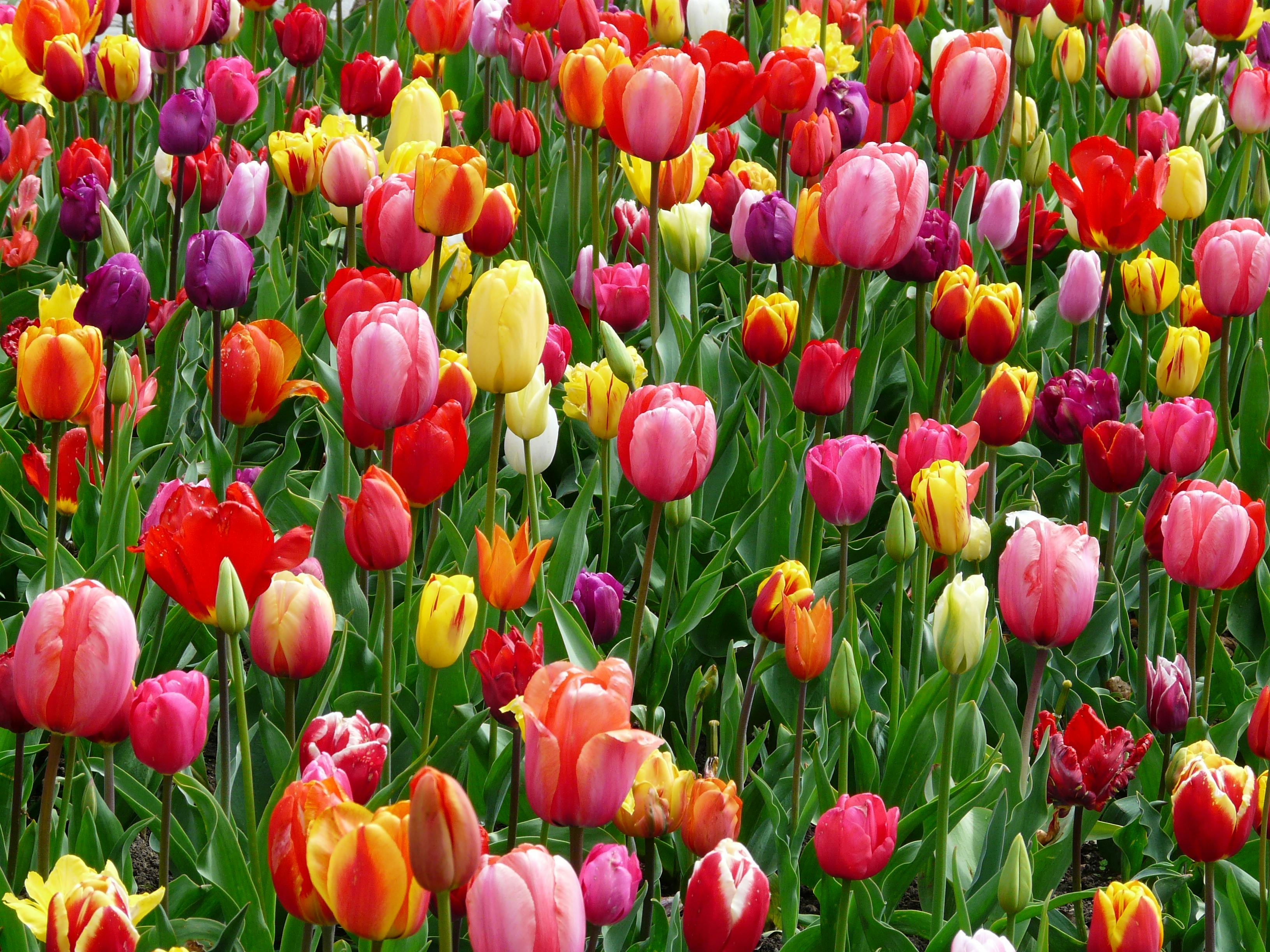The tradition of adorning funerals with flowers dates back centuries, intertwining with cultural customs and symbolic meanings.
As Spring unfolds its vibrant colours and fragrances, the choice of funeral flowers becomes a heartfelt expression of remembrance and tribute.

Flowers have long been used to convey emotions and sentiments, with each bloom carrying its own symbolic significance. In the context of funerals, specific flowers are chosen to honour the memory of the departed and offer comfort to grieving loved ones. For example:
- Lilies: Symbolise purity, innocence, and the peace that the departed soul has found.
- Roses: Reflect love, gratitude, and remembrance, with different colors conveying varying emotions (e.g., red for love, white for innocence, pink for admiration).
- Daffodils: Represent rebirth, new beginnings, and the eternal cycle of life, making them particularly fitting for springtime funerals.
- Tulips: Symbolise elegance, grace, and the beauty of life, offering solace to mourners.
These are just a few examples, as numerous other flowers hold their own unique meanings, allowing families to select arrangements that resonate with the personality and spirit of their loved ones.
Funeral flowers are often chosen with careful consideration to reflect the individuality and interests of the deceased. From favourite flowers to colours and arrangements, every detail is thoughtfully curated to create a personalised tribute. For instance, if a loved one had a passion for gardening, arrangements featuring garden roses, lavender, and herbs might be chosen.
Similarly, if they cherished walks in the countryside, wildflower bouquets or arrangements with native blooms could be chosen. By incorporating personal touches, families honour the life and legacy of their loved ones in a meaningful way.
In recent years, there has been a growing awareness of environmental sustainability in funeral practices, including the choice of funeral flowers. Many families are opting for eco-friendly alternatives such as:
- Biodegradable arrangements: Made from natural materials like bamboo, cardboard, or recycled paper, these arrangements minimise environmental impact and decompose naturally over time.
- Locally-sourced seasonal flowers: Choosing blooms grown locally reduces carbon emissions associated with transportation and supports local growers and florists.
- Potted plants or trees: Instead of cut flowers, families may opt for potted plants or saplings that can be planted in memory of the departed, symbolising life and growth, whilst supporting the environment.
By embracing eco-conscious options, families can honor their loved ones while also respecting the planet.
Whilst there are many traditions relating to funeral flowers, there is also a willingness to adapt and evolve. Some newer trends include:
- Non-traditional arrangements: Families are exploring unconventional options such as wreaths made from fabric or dried flowers and floral sculptures.
- Personalised keepsakes: In addition to flowers, families may choose to create personalised keepsakes such as memorial jewelry containing dried flowers or flower petals, preserving memories in tangible forms.
- Virtual memorials: With the rise of technology, virtual memorials allow friends and family from around the world to participate in the funeral ceremony and pay their respects online, often including virtual floral arrangements or donations to charity in lieu of flowers.
The tradition of adorning funerals with flowers has deep roots in culture and symbolism, with each bloom carrying its own significance. As spring unfolds, the choice of blooms becomes a poignant reflection of renewal and remembrance, families select flowers like lilies, roses, daffodils, and tulips to honor the departed and offer comfort to mourners.
Here are some related articles we think you’ll like:
Guide to Funeral Flowers for All Seasons